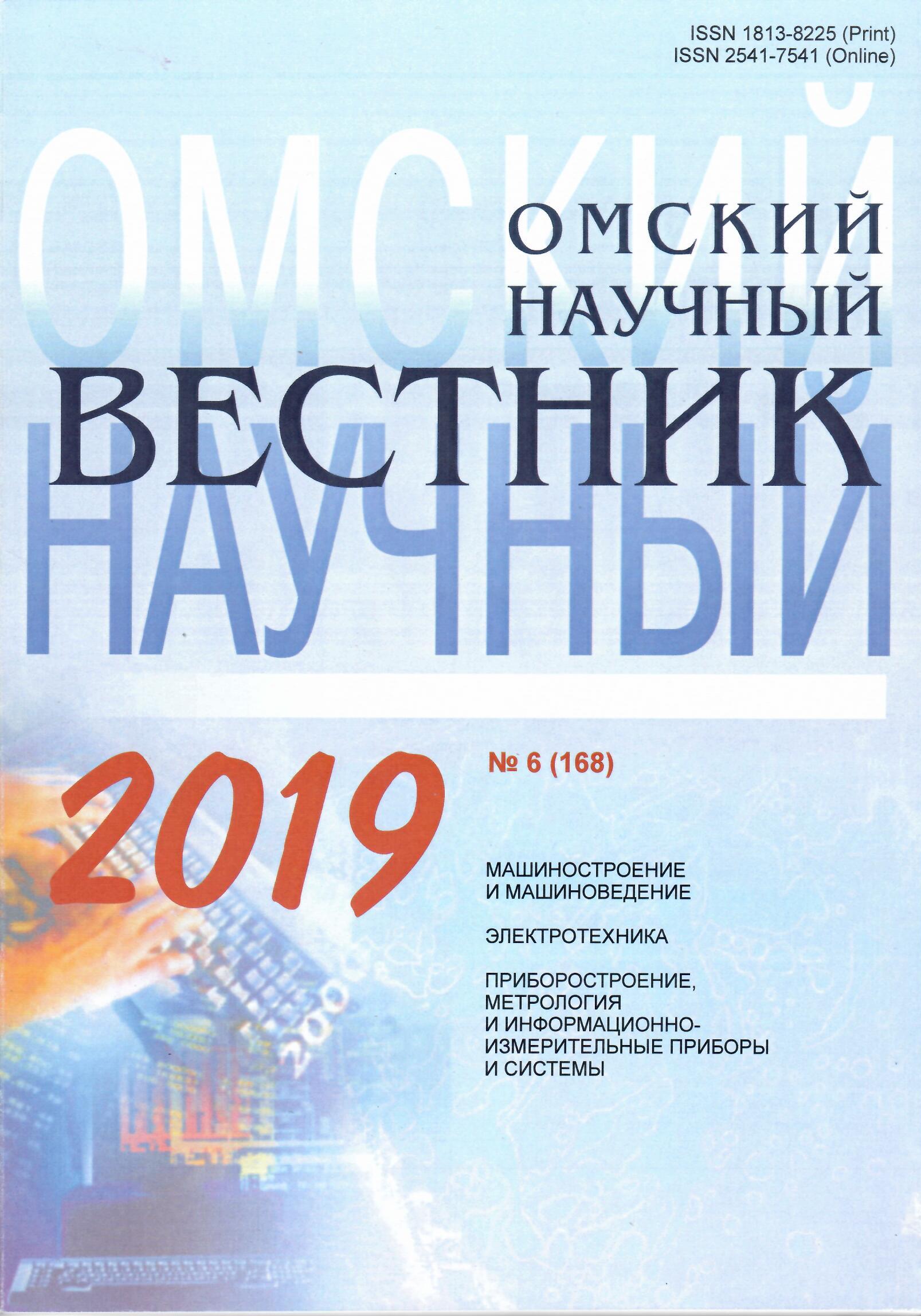The study of five-level inverters with various PWM
DOI:
https://doi.org/10.25206/1813-8225-2019-168-34-39Keywords:
Bridge circuits, Inverters, Multilevel Converters, Pulse width modulation, Three-phase electric power, Total harmonic distortionAbstract
The energy indicators of multilevel voltage converters are analyzed. The relevance of the research is indicated by the increasing demands of technological processes for the economic use of electric energy, the reduction in power consumed by semiconductor converters, and also to the level of regulated reactive power. The converter considered is a five-level voltage inverter. As the topology of the converter, the structure of the inverter on H-bridges is considered. The article presents twostage three-phase circuits with the connection of inverter cells to wye. Possible states of electronic keys and their corresponding operating modes are described. The voltage of constant voltage sources is 535 V. In the article algorithms for the formation of pulse-width modulation (PWM) are considered: Phase Opposition Disposition, Alternative Phase Opposition Disposition and Hybrid methods with zero sequence sinusoidal shape of the modulate voltage or with triangular shape of the modulate voltage. As a criterion for evaluating the quality of the inverter’s output voltage, total harmonic distortion and line-to-line voltage are adopted. A harmonic voltage spectrum is developed for various control methods of the converter. Possible ways of reducing the harmonic coefficient, as well as increasing the amplitude modulation factor, are shown, by using various methods of forming the pulse-width modulation.
Downloads
Published
How to Cite
Issue
Section
License
Non-exclusive rights to the article are transferred to the journal in full accordance with the Creative Commons License BY-NC-SA 4.0 «Attribution-NonCommercial-ShareAlike 4.0 Worldwide License (CC BY-NC-SA 4.0»)




